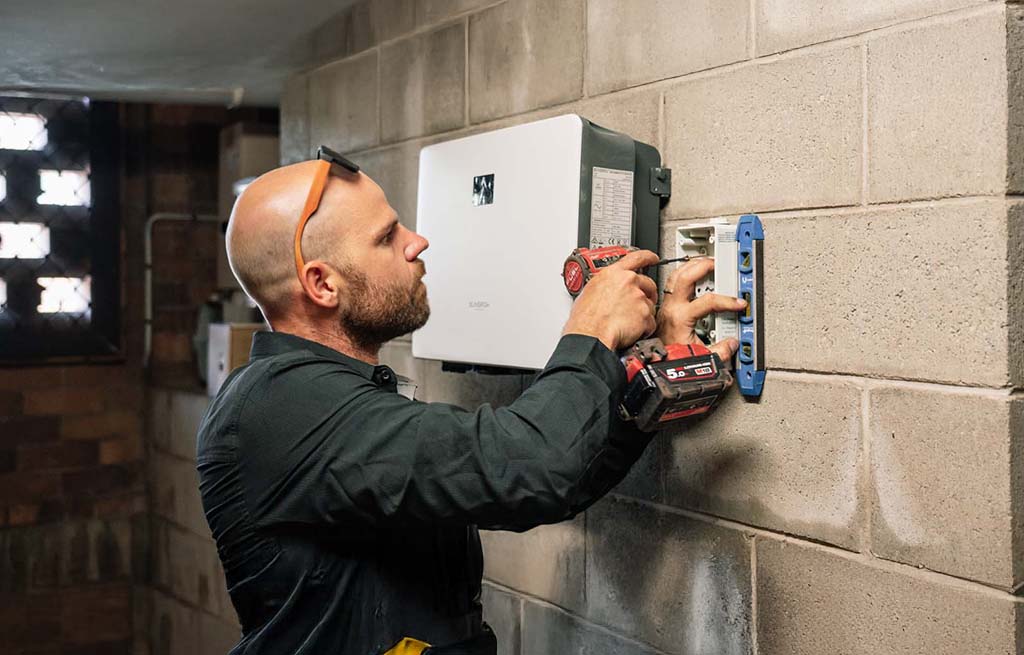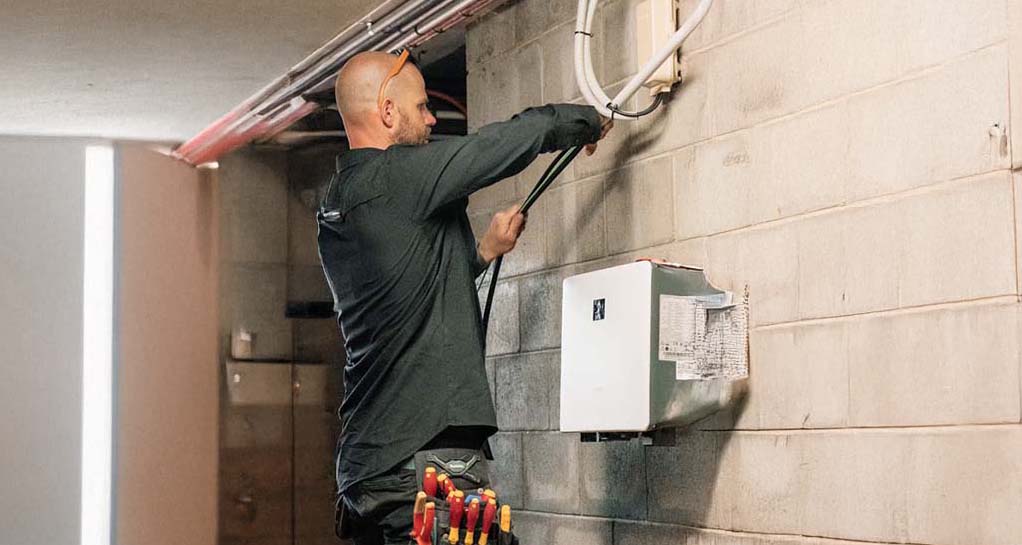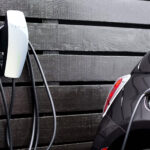A Guide to Buying the Best Solar Battery Storage
Australia, with its abundant sunshine and growing commitment to renewable energy, is seeing a rapid increase in solar battery storage adoption. As more Australians invest in solar panels, understanding how to select the right battery storage system becomes essential.
This blog explores how solar battery storage can help you maximise energy independence, save money, and enhance your solar energy experience.
What is Solar Battery Storage?
A solar battery storage system stores excess electricity generated by your solar panels for use when the sun isn’t shining. In Australia, several main types are available:
Lithium-ion Batteries
The most common type for residential use, offering high efficiency, longer lifespan, and compact design. These typically last 10+ years and maintain good performance throughout their lifespan.
Lead-acid Batteries
A more affordable but bulkier option with shorter lifespans (5-7 years) and lower depth of discharge. While less expensive upfront, they generally offer less value over time compared to lithium-ion alternatives.
Flow Batteries
An emerging technology offering excellent longevity and 100% depth of discharge. Though currently more expensive, they’re worth considering for their long-term durability and safety advantages.
Hybrid Systems
These combine different battery technologies to leverage the advantages of each, though they’re less common in residential settings.
Why Consider Solar Battery Storage?

Energy Independence
Unlike relying solely on solar panels that only generate power during daylight, battery storage allows you to use your own generated electricity 24/7, reducing grid dependence.
Cost Savings
By storing excess solar energy instead of feeding it back to the grid at low feed-in tariff rates, you can use your own electricity during peak evening hours when grid electricity is most expensive.
Blackout Protection
By storing excess solar energy instead of feeding it back to the grid at low feed-in tariff rates, you can use your own electricity during peak evening hMany modern battery systems offer backup power functionality, keeping essential circuits running during grid outages—a valuable feature in areas prone to weather-related disruptions.ours when grid electricity is most expensive.
Virtual Power Plant Participation
Many areas now offer Virtual Power Plant (VPP) programmes where your battery can earn additional income by supporting the grid during peak demand periods.
Environmental Benefits
Australia’s abundant sunshine makes it ideal for solar power. Adding battery storage maximises your solar system’s effectiveness, further reducing your carbon footprint by decreasing reliance on grid electricity that may be generated from fossil fuels.
Interest-Free Loans
The Queensland Government periodically offers interest-free loans for solar and battery installations through various programmes.
Reduced Electricity Bills
Significant reduction in electricity bills represents substantial savings over the battery’s lifetime.
Federal Tax Incentives
Small-scale Technology Certificates (STCs) can reduce the upfront cost of systems that include both solar panels and batteries installed simultaneously.





